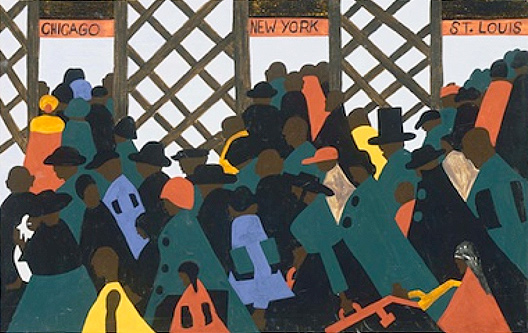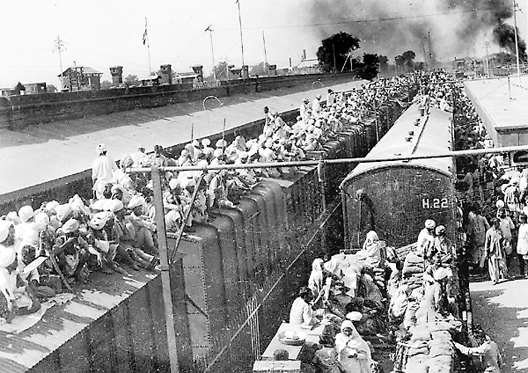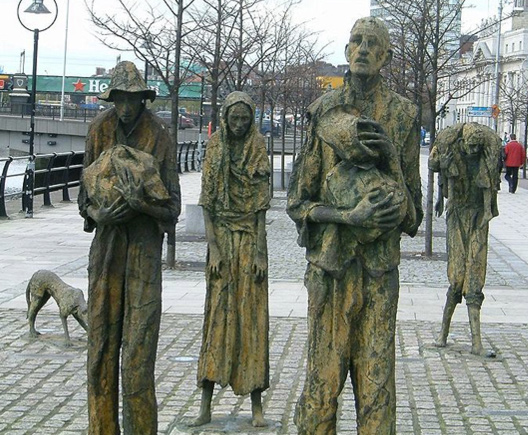
In this resource you will be exploring the reasons that large groups of people move from one area to another. You will also explore the results of those mass movements of people on their lives, culture, the places they settle in and the places they left.
Human Migration is not a new concept. Migration has always been a part of any society. This video takes a glimpse at some of the earliest migration:

![]()
Source: The Earliest Human Migration, Mr. Porretta, Vimeo
As you move through this resource, here are some questions to keep in mind:
This resource will examine three examples of migration: The Great Migration, The Partitioning of India, and Irish Migration to America.

Source: Lawrence-The Migration Series - Panel 1, Jacob Lawrence, National Endowment of the Arts

Source: Partition 1, Wikipedia

Source: Famine memorial Dublin, Wikipedia